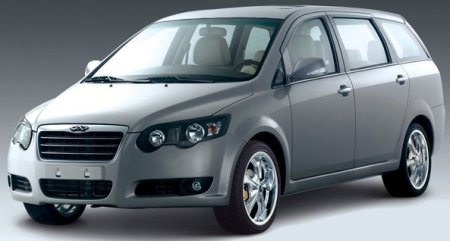Considering SUV's? Check Out This.

Conservative of car makers, Nissan is now one of the more creative and consumer led businesses.
It has turned around its business plan and introduced new models virtually overnight and their sales have been transformed. For the UK it is very good news as the majority of its best selling models are made here near Newcastle.
One of the latest and fashionable models is the cross-over Qashqai+2, the longer wheelbase seven-seat version of the original Qashqai, which begins at £14,200 for the five-seat standard model in two-wheel-drive and from £15,600 for the +2. The top version will set you back almost £25,000.
This is not a pure off-roader as it may appear, but infact is front wheel drive with the roomier body of a mid-sized mpv in some versions although all-wheel-drive derivatives are available as well using Nissan's extensive experience of ultimate control.
There's a range of popular engines and we tested the lowered powered 1.6 petrol but it also comes with a 2.0-litre as well as diesel 1.5 and 2.0-litre units. A comprehensive choice.
The 1.6 petrol is a very free-revving and surprisingly smooth unit. It sounds busy but not noisy unless it is really pushed through the gears.
Matched to the five-speed manual box it has a sensible range of gears to move the Qashqai along from rest, eagerly keeping up with traffic and permits safe overtaking and composed motorway cruising.
The light and progressive clutch is a good match to the engine and its slick gearchange will be welcomed by many users.
The power delivery is good and it turns out well when used by the driver only, however, with two or more aboard the absolute power is lacking and you become aware of its engine size.
It also means the overall economy can vary enormously depending on the load and the way it is driven to maintain progress as if it was occupied by the driver alone.
The powertrain's refinement is matched by that of the brakes and steering. Slowing or stopping the Qashqai is very quick and assured and there is no drama while manoeuvring in town or on open roads and it is effortless yet precise.
Secondary controls are familiarly placed around the wheel and column, coming to hand and finger very easily. Instruments are straightforward, clear and easily read and backed up by the usual warning lights.
Heating and ventilation is good, easy to control, distributes evenly and proved consistent in control and output. Powered windows back it up.
Oddments space is generally good throughout the cabin and in this respect it's a good family car. You can also load the boot very easily and fully, adjust or reach things from the rear doors and the seats fold out of the way very quickly.
Access to the inside is good with wide opening doors and once in seats, the room is good whether you are in the front or back seats, but there is some compromise in the third row of the +2 version. It is a small price to pay for their occasional use.
Comfort levels are good and the front seats have adequate adjustment range for most users to find a suitable setting.
The Qashqai soaks up the road bumps with little complaint and there are no real shocks for the suspension or occupants.
Handling is safe and sure, not dramatic or daring, and you know exactly what is happening beneath the driven front wheels and it holds no surprises. It inspires confidence and is very easy to control.
The performance of the Qashqai +2 is good, not exceptional, and it does it all very easily but it can vary with load and how hard it is pushed. Economy is good if driven within its normal parameters.
The visibility with the design is generally clear, but the high waist can hide some things from view when reversing. Lights and wipers were very good on the test vehicle.
The Qashqai +2 does everything very well indeed and nothing badly. It possesses a lot of practical features which will endear it to buyers and the choice of powertrains and carrying capacity will please many as well.
Its concept is now widely accepted as normal for a family model and at the price of the Qashqai it means the whole package is a strong attraction, particularly with the scrappage deals available at the moment.
FAST FACTS
Nissan Qashqai+2 1.6 N-Tec
Price: £17,695
Mechanical: 115bhp, 1,600cc, 4cyl petrol engine driving front wheels via 5-speed manual gearbox
Max speed: 108mph
0-62mph: 12.9 seconds
Combined mpg: 40
Insurance group: 7
C02 emissions: 165g/km
BIK rating: 21%
Warranty: 3yrs/ 60,000 miles





















